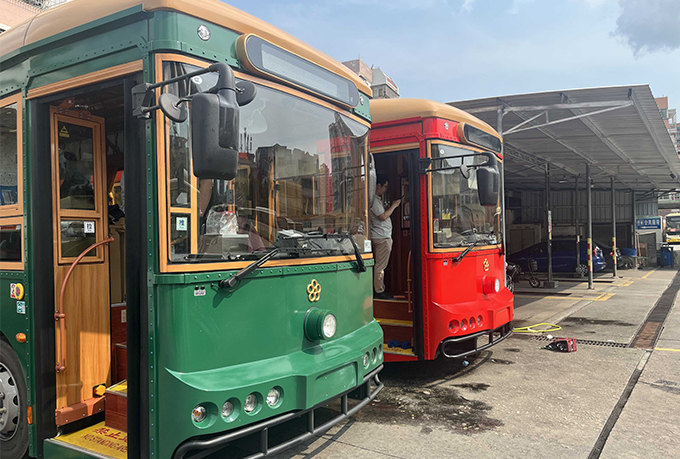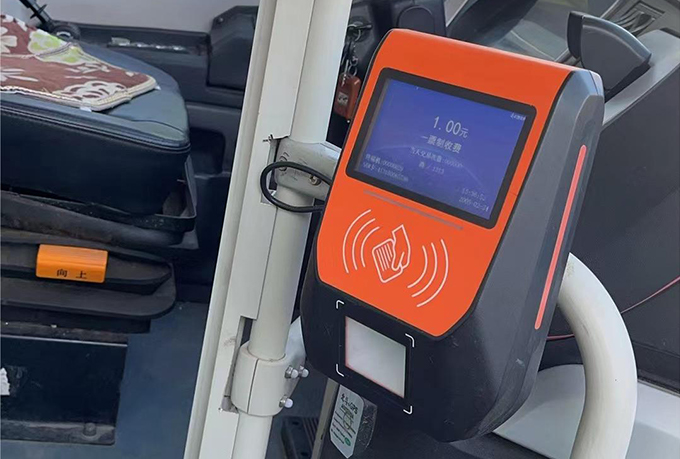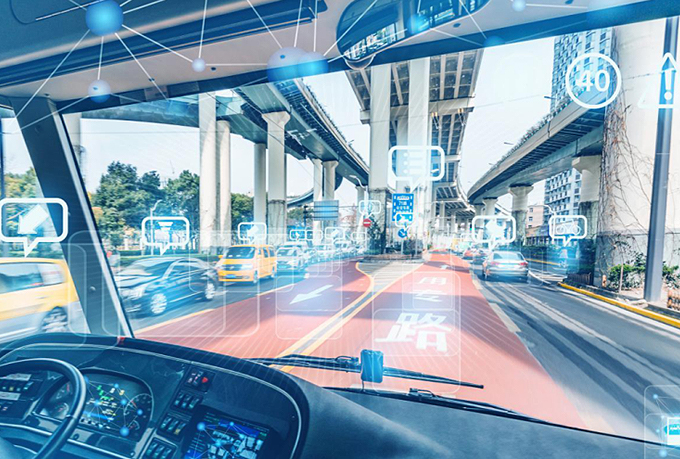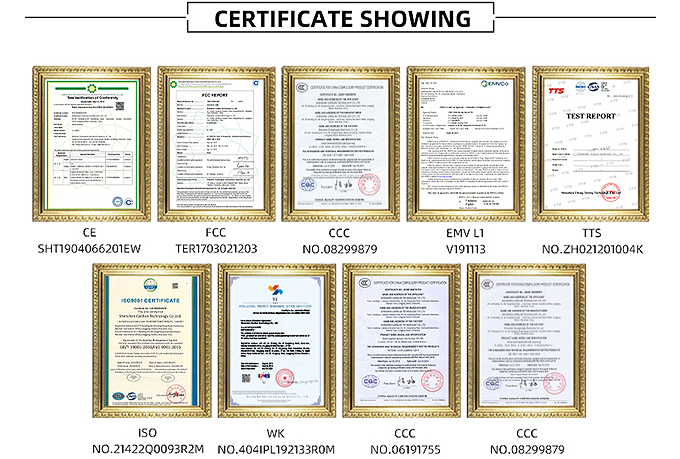The sightseeing bus,an important mode of transportation in urban tourism,connects railway stations,bus terminals,and major scenic spots and commercial hotels,providing convenient travel options for citizens and tourists.To enhance service quality and operational efficiency,many cities have introduced RFID IC card charging systems for sightseeing buses.
The sightseeing bus card charging methods are diverse,with three main pricing models:flat fare,segmented pricing,and mileage-based pricing.Passengers can enjoy varying degrees of discounts by using municipal IC cards,monthly passes,senior citizen cards,or student cards.Special groups,such as active military personnel and people with disabilities,can even ride for free with relevant documents.
The introduction of the sightseeing bus card charging system has significantly reduced the inconvenience of handling cash on-site,expedited transactions,and provided a more convenient and efficient riding experience for passengers.At the same time,this system has effectively reduced the risk of receiving counterfeit or damaged currency and prevented any improper behavior by fare collectors.
The processing of consumption data has also become more convenient and clear.Consumption records are easy to store,allowing passengers to quickly and conveniently query their own consumption history,and enabling management departments to efficiently manage these data.Furthermore,a single card can be used in multiple areas,realizing a city-wide smart card system,which not only saves resources but also enhances convenience.
The RFID IC card on-board charging system for sightseeing buses is a solution that integrates advanced hardware technology platforms and highly stable software platforms.Here are the main features and advantages of the system:
System Composition
On-board card readers:Used to identify passengers' bus cards and record their boarding and alighting times.
Data collection system:Responsible for collecting data from the on-board card readers and uploading it to the back-end settlement system.
Back-end settlement system:Performs statistics,settlement,and charging based on passenger card records,and allocates fees to the corresponding operating units.
Technical Features
Large-capacity memory:Ensures that the system can handle large amounts of transaction data.
Fast transactions:Passengers only need a short time to swipe their cards,significantly improving boarding speed.
High anti-collision ability:Maintains stable performance when multiple cards are used simultaneously.
High reliability:The system undergoes rigorous testing to ensure stable operation in various environments.
High security:Utilizes advanced encryption technology to protect passenger personal information and transaction data.
Advantages and Functions
Avoids cash transactions:Reduces the inconvenience of handling change and improves transaction efficiency.
Quick inquiries:Consumption data is easy to query and manage,allowing passengers and management departments to keep track of consumption status at any time.
Multiple discount card types:Supports various card types such as regular cards,student cards,and senior citizen cards,providing varying degrees of discounts.
Enhanced experience:Passengers board faster,improving the operational efficiency and service quality of sightseeing buses.
Scientific management:Provides effective data support for management departments to make scientific decisions and management.
Durability
Long service life:The system typically has a service life of up to 10 years,reducing the cost of maintenance and equipment replacement.
The sightseeing car card reader developed by a professional manufacturer of Cardlan Technology has high stability, safety, and reliability. They have large capacity memory, fast transactions, powerful conflict prevention capabilities, and a long lifespan of up to 10 years. These advanced devices not only improve the operational efficiency of sightseeing buses, but also create a good image for the transportation sector. Overall, the sightseeing bus card fare system provides passengers with a more convenient, efficient, and safe riding experience, while also providing management departments with more scientific and efficient management tools.